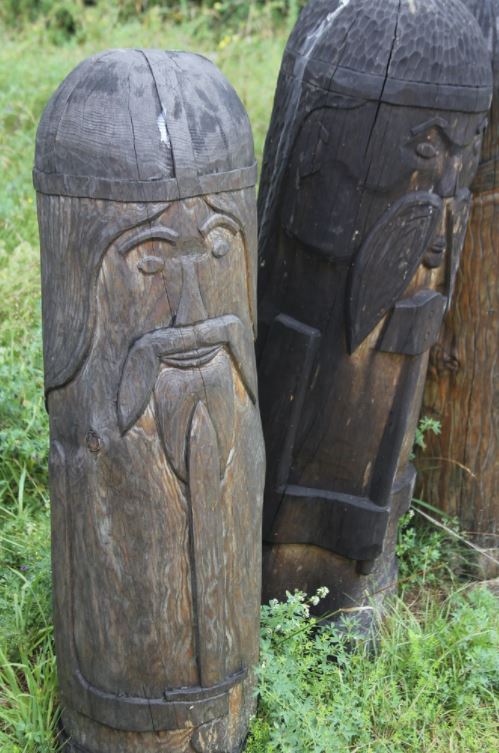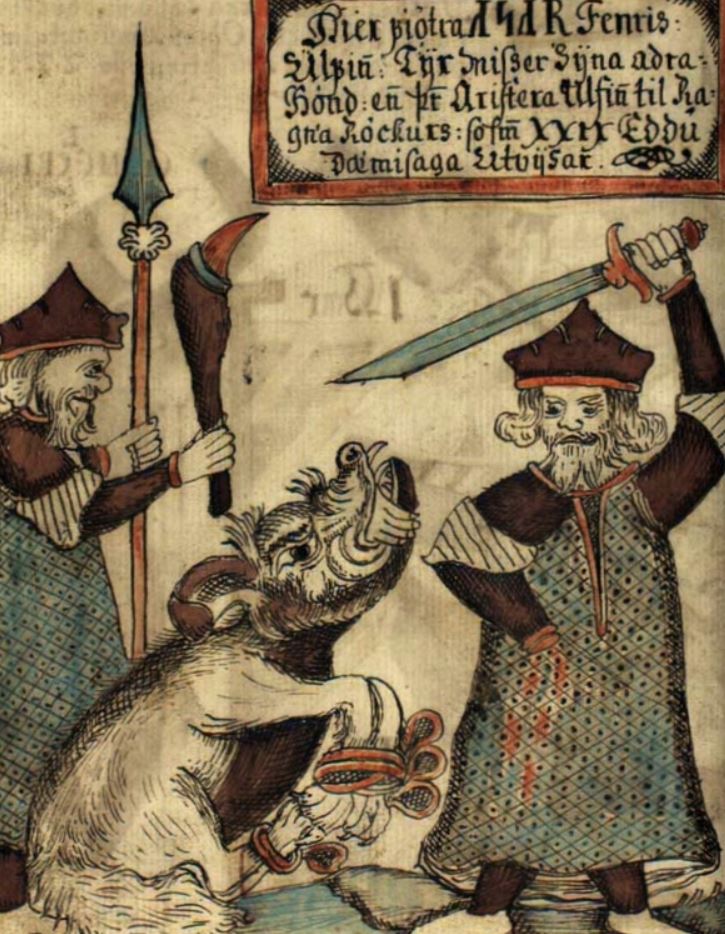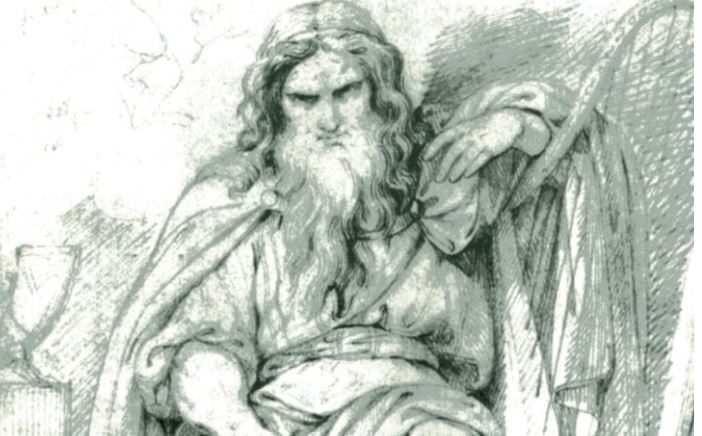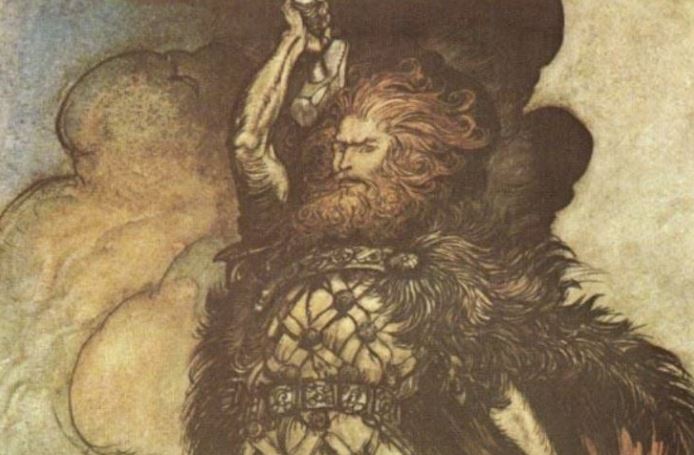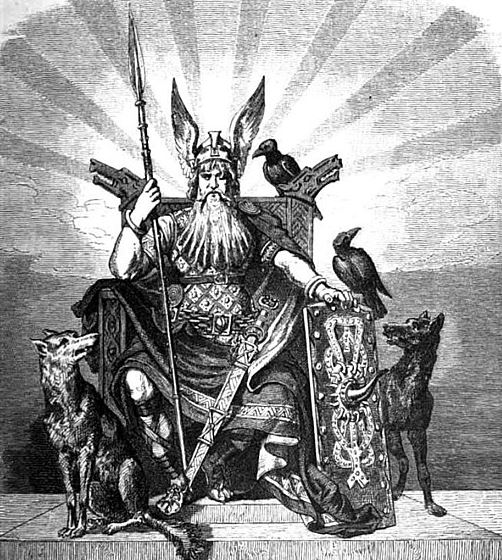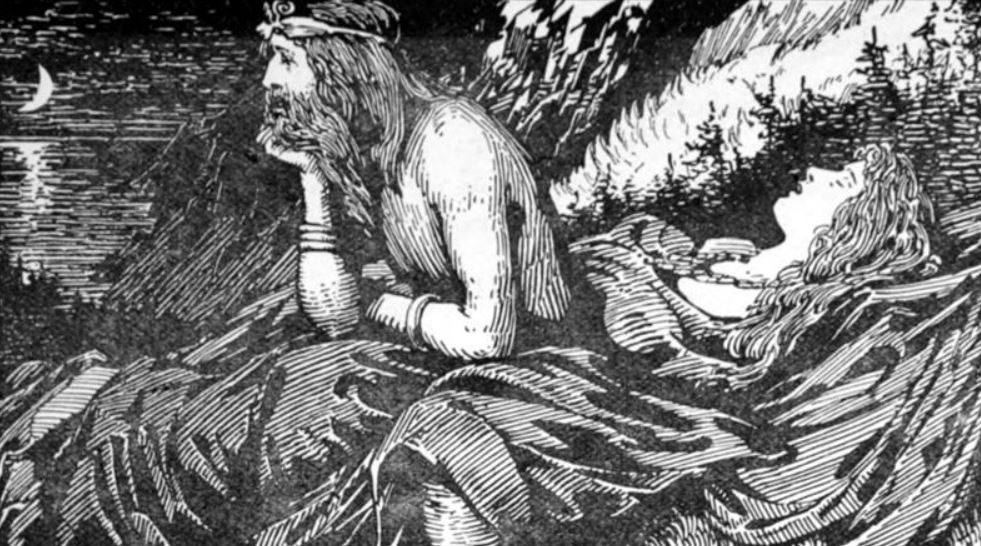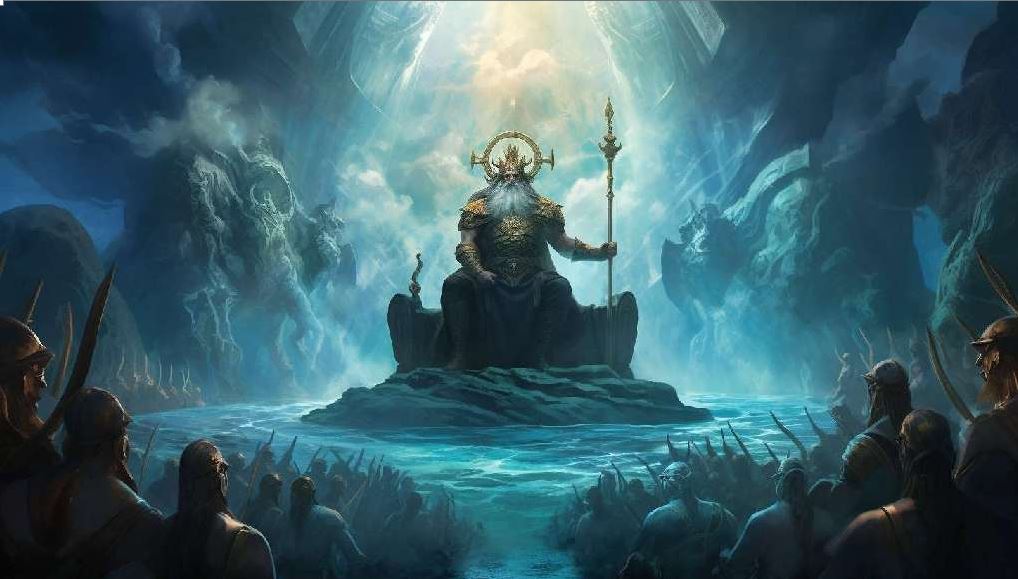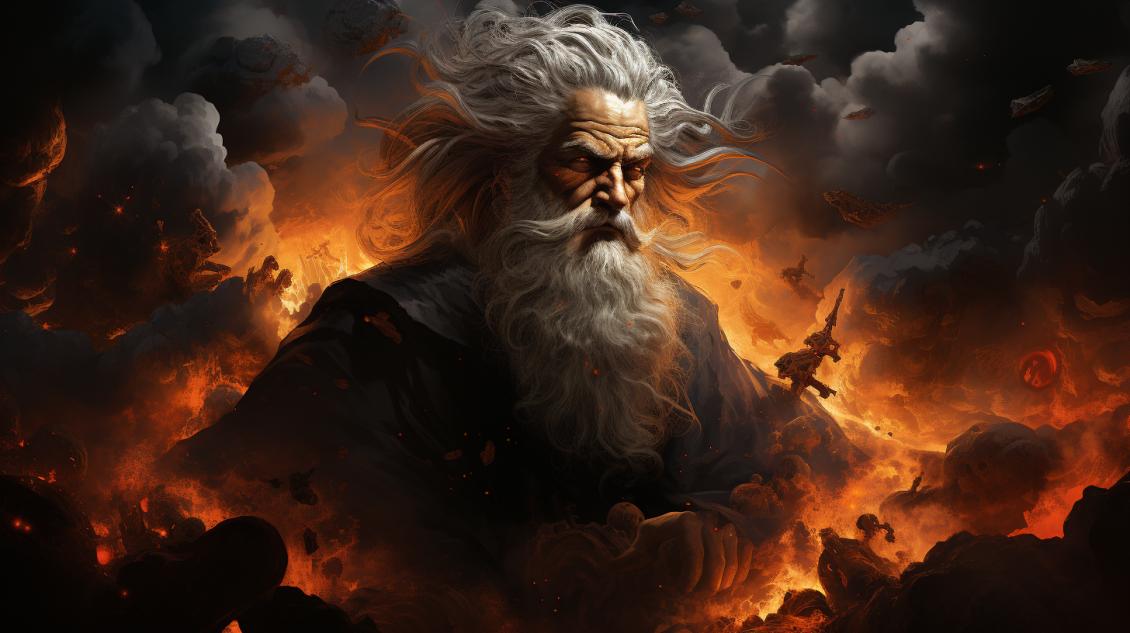Norse god Tyr, the God of War and Justice
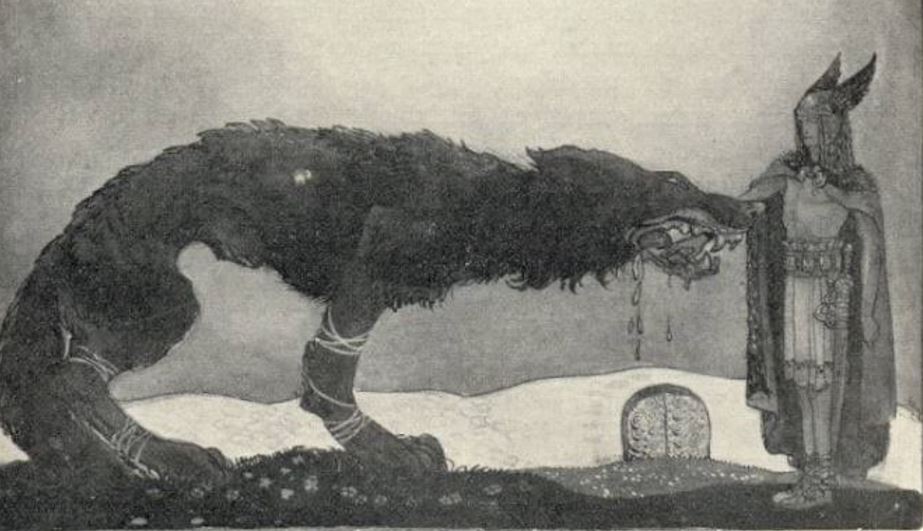
While so very little is known about Tyr, the one-armed Norse god of war and justice, much is left to the mystery about one of the Nordic gods.
The Norse god Tyr was believed to be the son of Odin, making him a half-sibling to the powerful gods that ruled the realms.
Tyr was not a well-known member of the Aesir tribe but he is considered to be one of the oldest gods of Germanic peoples and was responsible for the formalities of war, such as treaties or favoring justice.
The word Tuesday is derived from a day that was once called “Tyr’s day.”
Tyr Norse god: Origin of his Name, Tyr meaning
The legendary name of Tyr literally means a god or the god.
It is derived from the Proto Indo-European word dyeus, which was taken from the Proto-Germanic word meaning god or deity, tiwaz.
These were also the words that originated the names of Zeus and Jupiter in both Greek and Roman deities.
A representation of Tyr god of justice
History of the Norse god Tyr
The parents of Tyr god of justice are still uncertain.
Many scholars believe that the Norse god Tyr was the son of Odin, king of the gods, or possibly Hymir, who was a giant from a myth called Hymiskvitha, meaning the “Lay of Hymir”. However, the general belief was that Tyr was the son of Odin.
While it is unknown who the Norse god Tyr’s real father was, the “Lay of Hymir” found in the Poetic Edda mentions that Tyr’s grandmother is a monster possessing nine hundred heads.
If legend is true, Tyr was related to being the most powerful gods of the Aesir tribe like Thor, Baldur, Bragi, Hodr, and Hermod, to name a few. Tyr God of justice is a half-sibling to the rulers of the realms and he shares Thor’s strength.
Traditionally, the history of the older Germanic tribes was oral and unfortunately, the history of the Norse god Tyr is severely lacking any detailed information because his significance had become irrelevant before the written word existed.
By the time the Viking era emerged, he was just an ancient legend. In Poetic Edda and Prose Edda, which tells the tales of Norse mythology, Tyr appears as a one-armed war god who lost his arm while wrestling with Fenrir, the giant wolf, and son of Loki god of mischief.
Tyr Norse god of war and justice and fenrir
Myths of the Norse god Tyr
Tyr is the main character in two myths of ancient Nordic mythology.
The first was Hymiskvitha and in the second, he appears in the book Prose Edda, Gylfaginning, a tale that tells of Tyr’s power and personality traits.
Icelandic scholar, Snorri Sturluson wrote about the Norse god Tyr as being a brave warrior that influences the battle’s victor. He suggests men of valor invoke the spirit of the wise Tyr god of justice and war.
The Myth of the Norse god Tyr and the Kettle of Giants
The legend begins with Thor searching for a fabled kettle. An extraordinarily large kettle to brew excessive amounts of ale.
The Norse god Tyr says that the giant Hymir, who Tyr describes as his father, possesses the kettle. The story continues to follow the travels of Thor and Tyr to Hymir’s home, seeking a giant kettle.
Upon arrival, the gods did not find the giant, but Tyr’s grandmother, who told them to hide to avoid the wrath of Hymir. Heeding his grandmother’s advice, Thor and Tyr hid in one of Hymir’s kettles.
Hymir returns home to find the gods, however, he becomes afraid of the mighty Thor and instead of wrath, the gods were fed. Interestingly, the Norse god Tyr randomly vanished from the myth after this meal.
The myth of the Norse god Tyr, Fenrir, and Ragnarok
Infamous as being the one-armed warrior god, Tyr lost his arm to Fenrir, the giant wolf, who is the demon offspring of Loki.
In this myth recanted in the Gylfaginning chapter in the book Prose Edda, Tyr’s bravery is celebrated as well as his sacrifices in the fight for justice.
It is believed that Fenrir was raised in Asgard among the gods. Many of the gods taunted Fenrir and tried to trap the giant wolf, but Fenrir always won. The gods called upon the dwarves of Svartalfheim to create a set of fetters, named Gleipnir.
The gods challenged Fenrir yet again, but when Fenrir saw the thin bonds of the trap he became suspect. As insurance, Tyr god of justice decided to place an arm in his mouth as a type of collateral.
Fenrir allowed the gods to bind him with Gleipnir and as the giant wolf fought against the bonds, he realized he could not break the bonds and the gods had no intention of ever setting him free… So, he bit off the Norse god Tyr’s arm that lay resting within his fangs.
Norse god Tyr losing his hand against Fenrir
This Nordic book also shares the fate of Tyr during Ragnarok, which is known as the twilight of the gods.
In the final battle of the gods and jotunn, the Norse god Tyr kills the wolf and the wolf, named Garmr, killed Tyr in return.
The Powers of Tyr Norse god of war
Tyr was best known for his wisdom and his power over justice.
The Asgardian god, Tyr, possesses powers of strength, resistance to harm, and healthy stamina for battle.
It is believed that none of the gods were stronger than Tyr, except for Thor. Thor and Tyr share a similar bond of strength, courage, and heroism during battles.
Tyr Norse god symbol and its Meaning
While Tyr is not one of the more well-known Nordic gods, he is revered as the symbol of justice.
Tyr Symbol: the glove and the spear
The warrior god of justice is often symbolized as a glove or a spear. As the god of war and justice, Tyr battled towards treaties and fair outcomes of war.
Representing the law and advocating for justice, the meaning of Tyr’s symbols is more telling of his power as the god of war. Men in battle often marked their weapons with the rune T, which symbolized Tyr.
One of Tyr symbols: The rune in the sword
Additional facts about the Norse god Tyr in the modern times
In modern times, the legacy of Tyr lives on through the Faroese metal band in his namesake. The band has referenced Norse mythology and culture in their music.
Albums have been made entitled, How Far to Asgaard, Eric the Red, Ragnarok, and The Lay of Thrym.
Modern Marvel Comics have also revived his legends in tales of Thor. Appearing in the comic books as Thor’s brother and son to Odin and Frigg, his name lives on in these stories.

